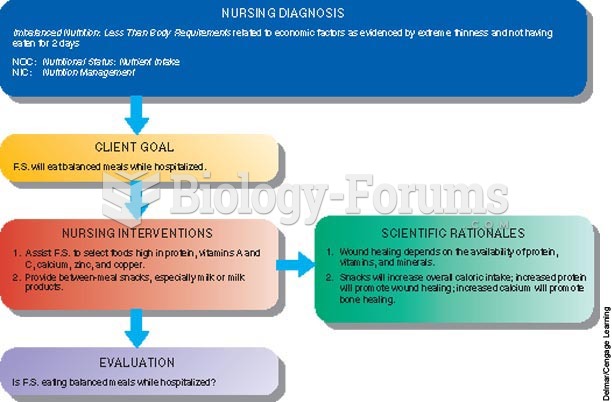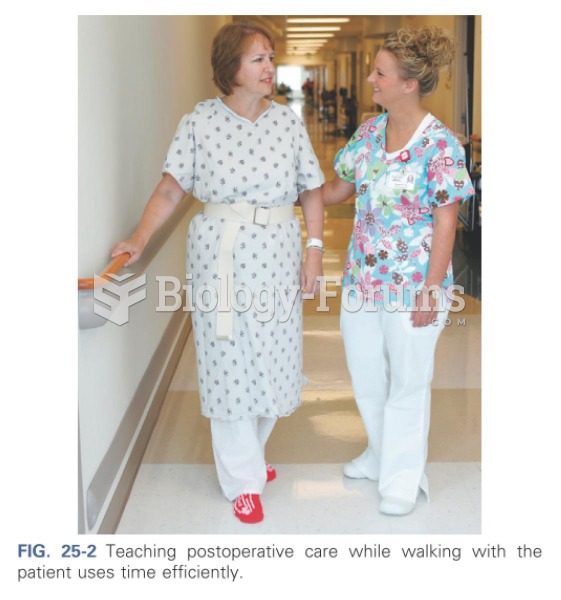Answer to Question 1
A
Feedback
A Correct: When the nurse develops a care plan for a child with severe burns, the nurse will most likely include performing active range-of-motion exercises using familiar toys or objects and passive range- of-motion exercises at least three times a day.
B Incorrect: For a child with severe burns, the nurse will not most likely encourage bed rest without any more movement than is absolutely necessary. The goal is to prevent contractures and loss of function, and bed rest would do promote these complications.
C Incorrect: Children are reluctant to move then it causes pain, and they are likely to assume a position of comfort. However, the most comfortable position is often one that encourages contractures and loss of function. Therefore, the nurse would not allow the child to choose the amount of movement he or she is comfortable with. Instead the nurse would push the child to perform exercises.
D Incorrect: Joints should be maintained in maximal extension, not flexion, using splints if necessary in order to maintain joint mobility.
Answer to Question 2
D
Feedback
A Incorrect: The child will not need to receive antibiotics for several months after a skin graft has healed. Once the graft has healed, the risk of infection is eliminated.
B Incorrect: The child will not need hydrotherapy for several months after a skin graft has healed. Hydrotherapy is used along with debridement which occurs before skin grafting.
C Incorrect: Skin stimulation is not needed after a graft has healed.
D Correct: The nurse is working with a child who has had skin grafts that are now healed. The nurse realizes that for several months the child will need to wear pressure dressings to prevent the formation of contractures and minimize scarring.







